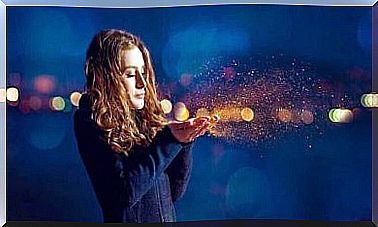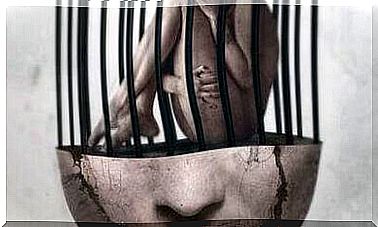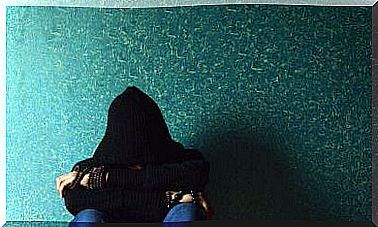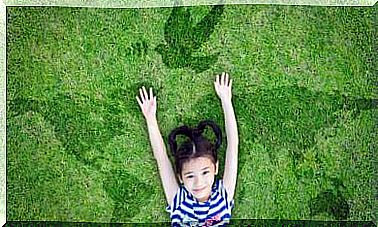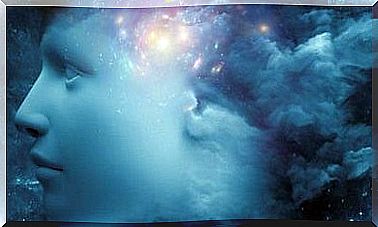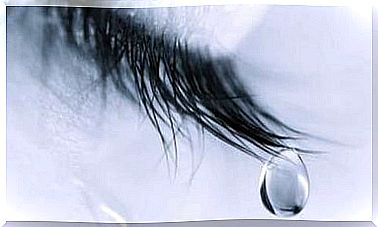Depression Alters Color Perception

Science has shown that depression alters color perception. Hues change when you suffer from this mood disorder, as do perceptions and perspectives.
We could say that when we suffer, the world is more gray, that when we are trapped in anguish and despair life appears distorted and confused to our eyes. It may sound metaphorical, but it has a grain of truth.
This is what science says, which reveals the way in which the contrast capacity in the retina varies when suffering from a depressive disorder. We can therefore deduce that emotions have a profound impact on neurological structures.
A nuance that we often appreciate in the artistic universe. Painters like Edvard Munch, for example, left imprinted on their canvases with brushstrokes permeated with malaise, suffering that turned into dark tones, such as deep blue, metallic gray, deep purple.
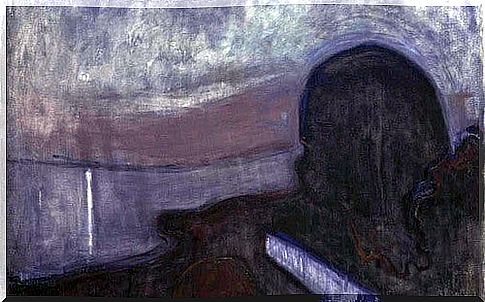
Why does depression affect color perception?
Many of us are familiar with the repercussions of depression on the mind and body. Fatigue, insomnia, apathy, hopelessness, bad mood, inability to feel enthusiasm or pleasure are some of the symptoms.
But perhaps we don’t know that this mood disorder also affects the way the brain processes visual information.
According to a study by the University of Helsinki, depression alters color perception in several ways; one is about the contrast between black and white.
From this research, conducted by Dr. Viljami Salmela, it was found that depressed people have difficulty in detecting the contrast between black and white. This means that in front of a black and white image, they perceive only gray.
Major depression and lack of retinal stimulation
Not all depressions are the same. Some are milder and in these cases it is not common to experience changes in vision. Specifically, visual changes occur when suffering from major depression. The more severe the depressive state, the greater the changes in vision.
Everything happens in the retina: the back of the eye made up of sensitive cells that transform light into nerve impulses that carry information to the brain. Once received, the brain interprets what it sees and allows us to perceive and distinguish the reality that surrounds us.
Interestingly, this does not happen in patients with unipolar depression, bipolar disorder, or borderline personality disorder. Only people with major depression see life more gray.
Feeling blue as a definition of the depressive state
In the Anglo-Saxon world, expressions such as blue Monday or feeling blue are common to describe a depressed, sad and unmotivated state of mind. Here we present another possible explanation of why depression alters color perception.
The study conducted at the University of California by Dr. Allison Thorstenson shows us an interesting fact. People with major depression show obvious difficulty in distinguishing colors that are in the blue to yellow range. But the same thing does not happen with those contained in the red-green band.
According to experts, therefore, emotional experiences and color perception are closely related: colder and less intense tones are altered.
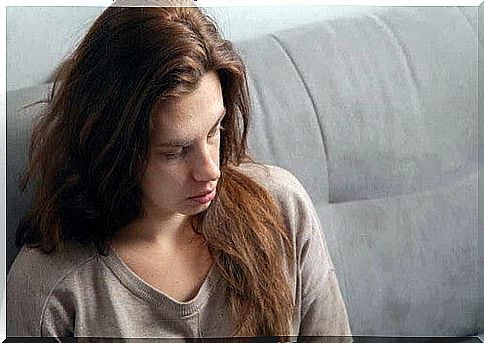
Depression impairs color perception: watching low-contrast television
The University of Freiburg in Germany has also studied how depression alters our perception of colors. The information this study offers us could not be more interesting.
According to Ludger Tebartz, author of this work, depressed people see the world in a very similar way to when we lower the color contrast on our televisions or on the screens of electronic devices.
Depressed people perceive all tones, but with less intensity and altered contrast. All these perceptual alterations as the person advances during the psychological treatment.
This world of emotional chiaroscuro has its physiological and neurological impact, it is true, but as one advances in recovery and in the therapy itself, the brain regains its functionality.
What is most striking about this link between depressive disorders and perceptual disorders is the way in which a mental condition is capable of distorting everything around us. Fortunately, there are mechanisms and resources to get out of this scenario of darkness and darkness.
